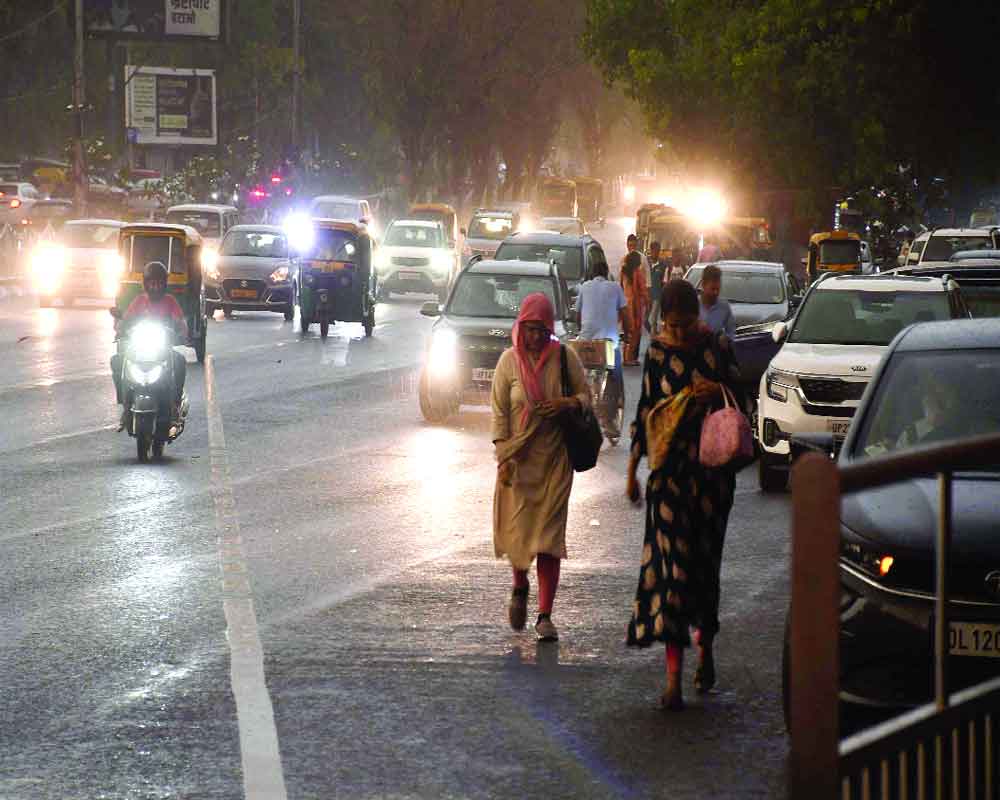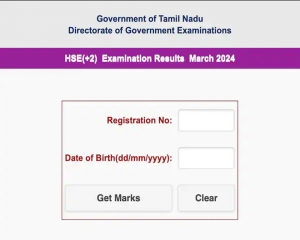Last year, Asia faced the most disasters in the world as 79 events associated with extreme weather, climate, and water-related hazards, affecting over nine million people in the region and claiming over 2,000 lives, a new report by the World Meteorological Organization (WMO) has said.
Thus, underscoring the urgent need for concerted action to mitigate impacts of climate change and protect our planet for future generations.
The report ‘State of the Climate in Asia 2023’ which was released on Tuesday on ‘World Earth Day’ noted that Asia has warmed faster than the global average and the warming trend has nearly doubled since the 1961-1990 period. The accelerating rate of key climate change indicators such as surface temperatures, glacier retreat and sea level rise will have major consequences for Asia, its economy and ecosystems, the report warned.
In India alone, severe heatwaves in April and June resulted in about 110 reported fatalities due to heatstroke in 2023, said the report adding in August, some States in India experienced a record-high monthly mean temperature, as well as an unprecedented rainfall deficit for the month.
July and August witnessed landslides in India in Himalayan States due to intense monsoon rains. In August 2023, widespread floods and landslides struck multiple States in India, including Himachal Pradesh, and Uttarakhand, claiming 25 lives and causing extensive damage to infrastructure and agriculture. Triggered by heavy rainfall, the disaster compounded the effects of an earlier monsoon surge in June.
India declared a state of emergency in the worst-affected areas, initiating rescue and relief operations. The IMD had reported below normal rainfall last year. During the Indian summer monsoon season, this led to a precipitation deficit in many parts of the Indian subcontinent. “The Indian summer monsoon seasonal rainfall, averaged over India from June to September, was about 6% below the 1971-2000 average . For the second consecutive year, certain regions in south-west India, the Ganges catchment, and the lower course of the Brahmaputra received less-than-normal precipitation.
In India, in recent years, lightning accompanied by thunderstorms has been a leading cause of fatalities. In 2023, thunderstorms and lightning claimed around 1200 lives in various parts of the country.
As per the report, storms affected the largest number of people and caused the most economic damage during 2023.Asia experienced its second-hottest year on record, with countries like Japan and Kazakhstan reporting record warmth.
“Many countries in the region experienced their hottest year on record in 2023, along with a barrage of extreme conditions, from droughts and heat waves to floods and storms. Climate change exacerbated the frequency and severity of such events, profoundly impacting societies, economies, and, most importantly, human lives and the environment that we live in,” said WMO Secretary-General Celeste Saulo.
Despite these heatwaves, parts of Asia, including southwest China and regions around major rivers, experienced below-normal precipitation, exacerbating drought conditions. Floods and storms wreaked havoc across India, Pakistan, Nepal, and the Russian Federation, while heavy rainfall caused flooding in Saudi Arabia, the UAE, and Yemen.
A significant Glacial Lake Outburst Flood (GLOF) originating in South Lhonak in India on 4 October, led to the catastrophic collapse of the Teesta III hydroelectric dam at Chungthang in North Sikkim, causing widespread devastation downstream. It claimed 100 deaths and over 70 missing individuals. Around 4,500 were evacuated, and around 90,000 people were affected. “ This type of disaster is increasingly observed because of climate change-induced glacier retreat and highlights the compounding and cascading risks faced by vulnerable mountain communities,” as per the report. Glacial lakes formed by retreating glaciers, exemplified by the reduced expanse of South Lhonak Lake, pose threats that are transboundary, spanning across regions in Bhutan, India, Nepal and Pakistan.
Overall, the report underscores the urgent need for concerted efforts to mitigate the impacts of climate change and strengthen resilience to extreme weather events in Asia.


























